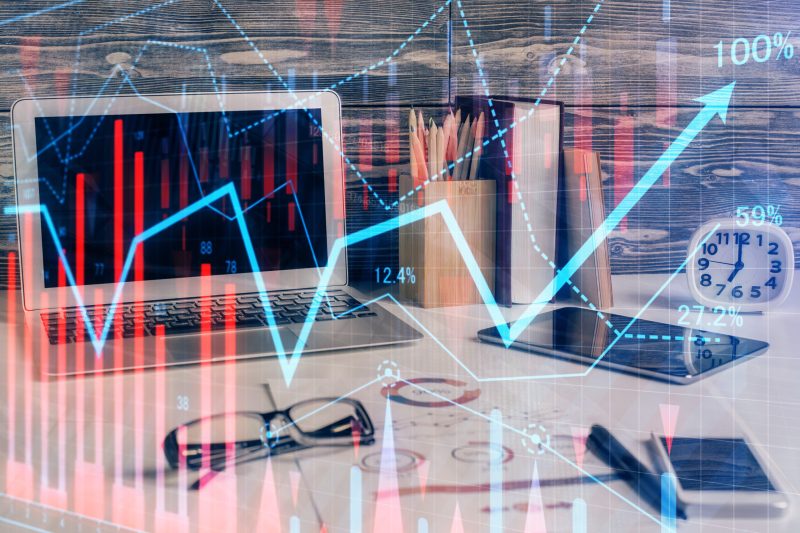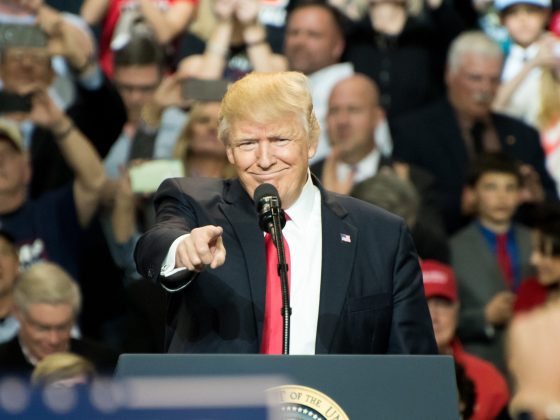In 2024, stock buyback programs have surged, despite the implementation of a 1% tax on these transactions in the US and a sharp rise in stock prices.
Corporations are rolling out massive repurchase plans, even as the broader market continues to climb, leaving many wondering why these buybacks are becoming more prevalent.
While stock repurchases have long been a tool to boost share prices and reward investors, the current trend seems to be driven by a combination of favourable market conditions, corporate confidence, and strategic financial planning.
What are stock buybacks, and why are they popular?
Stock buybacks, also known as share repurchases, allow companies to purchase their shares from the open market.
The goal is to reduce the number of outstanding shares, thereby increasing the value of the remaining shares held by investors.
This practice is often favoured by companies with excess cash on hand that want to return value to shareholders without committing to long-term dividends.
In 2024, buyback announcements have already surpassed $1 billion, according to financial analysts, and could break the previous record of $1.2 billion set in 2022.
Large corporations such as Apple, Microsoft, and Nvidia have all unveiled significant buyback programs this year, with Apple leading the charge with a record $110 billion repurchase plan.
The tech giant’s strategy is reflective of a broader trend where major players are aggressively engaging in stock repurchases despite the challenges posed by new taxation policies.
Why are companies increasing buybacks despite the 1% tax?
One might assume that the 1% tax introduced in 2023 under President Joe Biden’s administration would have discouraged companies from buying back shares.
However, the reality is that this relatively low tax hasn’t been a significant deterrent.
Many corporations view buybacks as a flexible tool to manage their capital, especially when market conditions are favourable.
Moreover, corporate executives often receive stock-based compensation, giving them a direct incentive to drive share prices higher through repurchases.
Higher stock prices mean increased personal compensation for executives, making buybacks an attractive option even in the face of minor taxation.
Market conditions in 2024 have also played a role in fueling this trend.
The Federal Reserve’s decision to cut interest rates for the first time in four years has created a favourable environment for stock market growth.
This move has reassured corporate leaders that the economy is stable, allowing them to pursue buybacks confidently.
Political pressure and potential tax increases
Despite the strong push for buybacks, there are political efforts aimed at curbing this practice.
Democrats, heading into their national convention in Chicago, have floated the idea of raising the buyback tax from 1% to 4%.
The goal is to discourage companies from prioritizing share repurchases over investments in workers and innovation.
President Biden himself has supported this proposal as a way to ensure that companies are not simply enriching shareholders at the expense of broader economic growth.
However, the likelihood of such a tax hike passing through Congress remains uncertain.
Many analysts believe that if the tax were raised to 4%, it could lead companies to favour dividends over buybacks, as dividends provide a more predictable and stable return for investors.
A closer look at 2024’s biggest buyback announcements
Several high-profile companies have made significant buyback announcements this year, contributing to the overall surge in repurchase activity.
In addition to Apple’s $110 billion program, Microsoft revealed a $60 billion buyback plan in September. Nvidia and Meta Platforms both rolled out $50 billion repurchase programs, while Alphabet also announced a $70 billion buyback plan in April.
These moves reflect the confidence that many corporations have in their stock prices, even as share values have reached record highs.
Companies view buybacks as a way to signal to the market that they believe their stock is undervalued, further boosting investor confidence.
The future of buybacks: What to expect?
Looking ahead, the buyback trend may continue to gain momentum, especially if companies seek to get ahead of any potential tax increases.
Analysts suggest that it could take a tax rate of 2%-2.5% to significantly impact buyback volumes.
For now, the 1% tax remains a relatively minor cost for companies flush with cash.
Buybacks, along with other shareholder-friendly activities such as dividends, are likely to remain central to corporate strategies in 2024.
Investors have shown a clear preference for companies that offer “shareholder yields,” which combine dividends, buybacks, and debt reduction.
These stocks have outperformed this year and are expected to remain attractive, especially if market volatility increases or the economy slows.
The post Explained: Why stock buyback programs are on the rise in 2024 appeared first on Invezz


